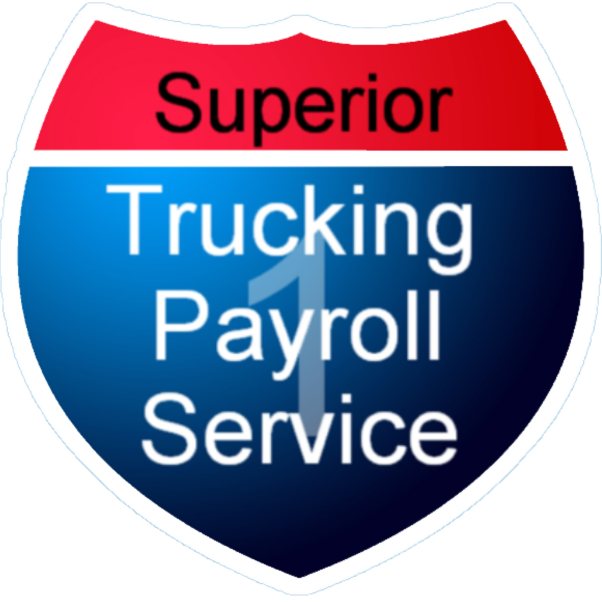Are you an employer struggling to understand all the taxes you’re required to pay?
Have you ever wondered what the Federal Unemployment Tax Act (FUTA) is and why it’s important?
As an employer, staying compliant with tax laws like FUTA can feel overwhelming, but understanding the basics can save you time, money, and stress.
In this article, we’ll break down everything you need to know about FUTA tax. You’ll learn what it is, how to calculate it, who is responsible for paying it, and how it differs from state unemployment taxes (SUTA). By the end, you’ll feel confident about managing this tax responsibility.
Understanding FUTA Tax
The Federal Unemployment Tax Act (FUTA) is a federal law requiring employers to pay a tax that funds unemployment benefits. These benefits provide temporary financial support to workers who lose their jobs through no fault of their own, helping them cover basic needs while they look for a new job.
How to Calculate FUTA Tax Liability
The FUTA tax rate in 2025 remains 6.0% on the first $7,000 of wages paid to each employee. This means:
- The maximum FUTA tax liability for one employee is $420 per year (6% of $7,000)
State Tax Credit: If you pay your state unemployment taxes on time, you may qualify for a credit of up to 5.4%. This reduces your effective FUTA tax rate to 0.6%, lowering the maximum tax to $42 per employee annually.
Example Calculation:
- An employee earns $10,000 in wages for the year.
- FUTA only applies to the first $7,000, so the base tax is $420.
- If you qualify for the 5.4% state credit, subtract that amount (5.4% of $7,000 = $378).
- The final FUTA tax liability is $42.
Who Pays the FUTA Tax?
FUTA tax is paid solely by employers. It is not deducted from employees’ paychecks. As an employer, you must calculate and pay this tax, ensuring that all filings and payments are submitted on time to avoid penalties.
How to File and Pay FUTA Tax
- Complete IRS Form 940: This form is the Employer’s Annual Federal Unemployment Tax Return. Use it to report wages and calculate your FUTA liability.
- File by the Deadline: The form is due by January 31 each year. If all your FUTA tax has been deposited on time throughout the year, the deadline extends to February 10.
- Payment Methods:
- Use the IRS’s Electronic Federal Tax Payment System (EFTPS) for quick and secure payments.
- Alternatively, mail a check along with Form 940.

Common Questions About FUTA

Q: How do I calculate my FUTA tax liability?
A: Start with the FUTA tax rate of 6% on the first $7,000 of each employee’s wages. If you qualify for the state tax credit, your effective rate could drop to as low as 0.6%.
Q: What happens if I miss a FUTA payment?
A: Missing a payment can result in penalties and interest from the IRS. To avoid this, ensure you file Form 940 and pay any liabilities by the deadlines (January 31 or February 10 if you’ve paid in full during the year).
Q: Does hiring a payroll company mean I don’t need to worry about FUTA?
A: While a payroll company can handle the calculations and filings, you’re still responsible as the employer to ensure payments and reports are accurate.
Q: How does FUTA tax work if I employ seasonal workers?
A: FUTA tax applies to wages paid to seasonal workers if they meet the wage base criteria. Ensure you track wages carefully to stay compliant.
Simplify FUTA Compliance with Expert Payroll Tax Management
FUTA tax is a federal requirement for employers that helps fund unemployment benefits for workers in need.
If you’re feeling unsure about FUTA, remember that understanding how it works and paying on time prevents penalties and keeps your business compliant.
Need help managing payroll and taxes? A payroll provider can handle FUTA filings for you, saving you time and reducing stress.
At Superior Trucking Payroll Service, we specialize in helping trucking companies like yours simplify payroll tax management. Read our article on Payroll Tax Management to learn how we can take the stress out of tax compliance and keep your business running smoothly.
Written by Melisa Bush
With over 15 years of experience in the trucking industry, Melisa is well-versed in the complexities of trucking payroll and adept at navigating special circumstances. Before joining Superior Trucking Payroll Service, Melisa worked at a trucking company, where she managed driver miles and expenses for a fleet of 50 trucks. This hands-on experience gives her unique insight into the challenges our clients face when preparing their payroll data.
Melisa’s top priority is customer service. She strives to treat each client as an individual with genuine needs, rather than just another number in the system. Her goal is to alleviate the burdens of our clients and make their daily operations smoother.

